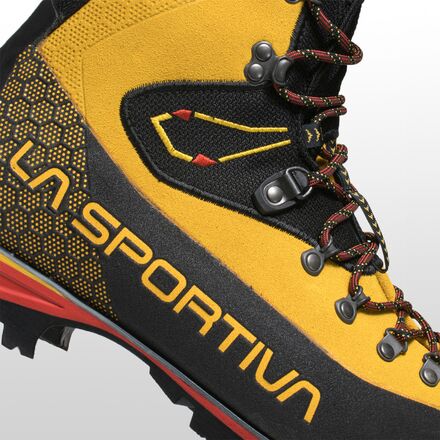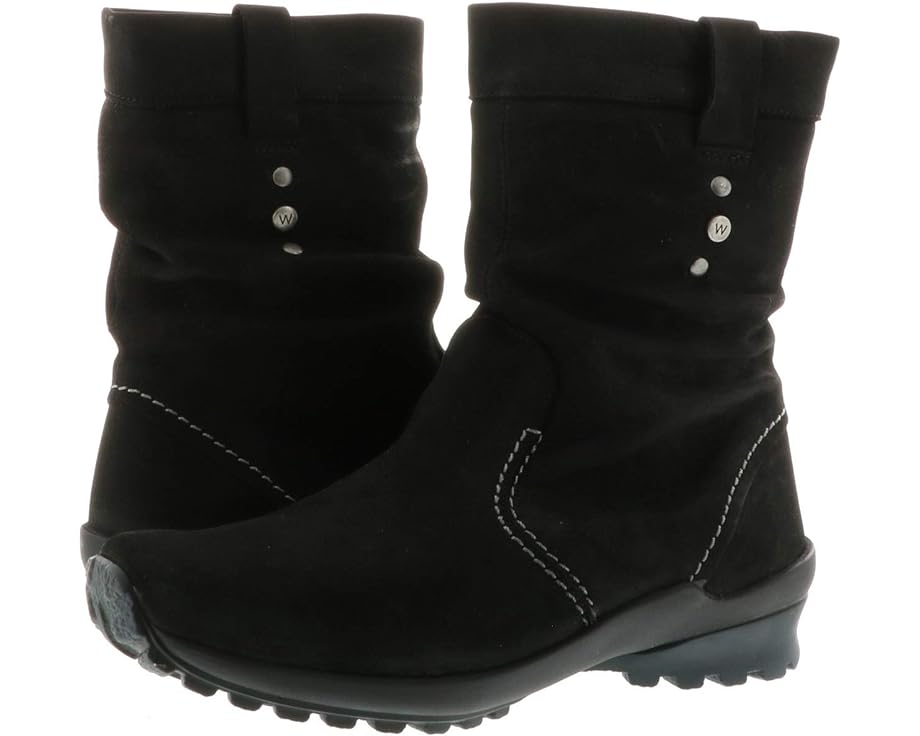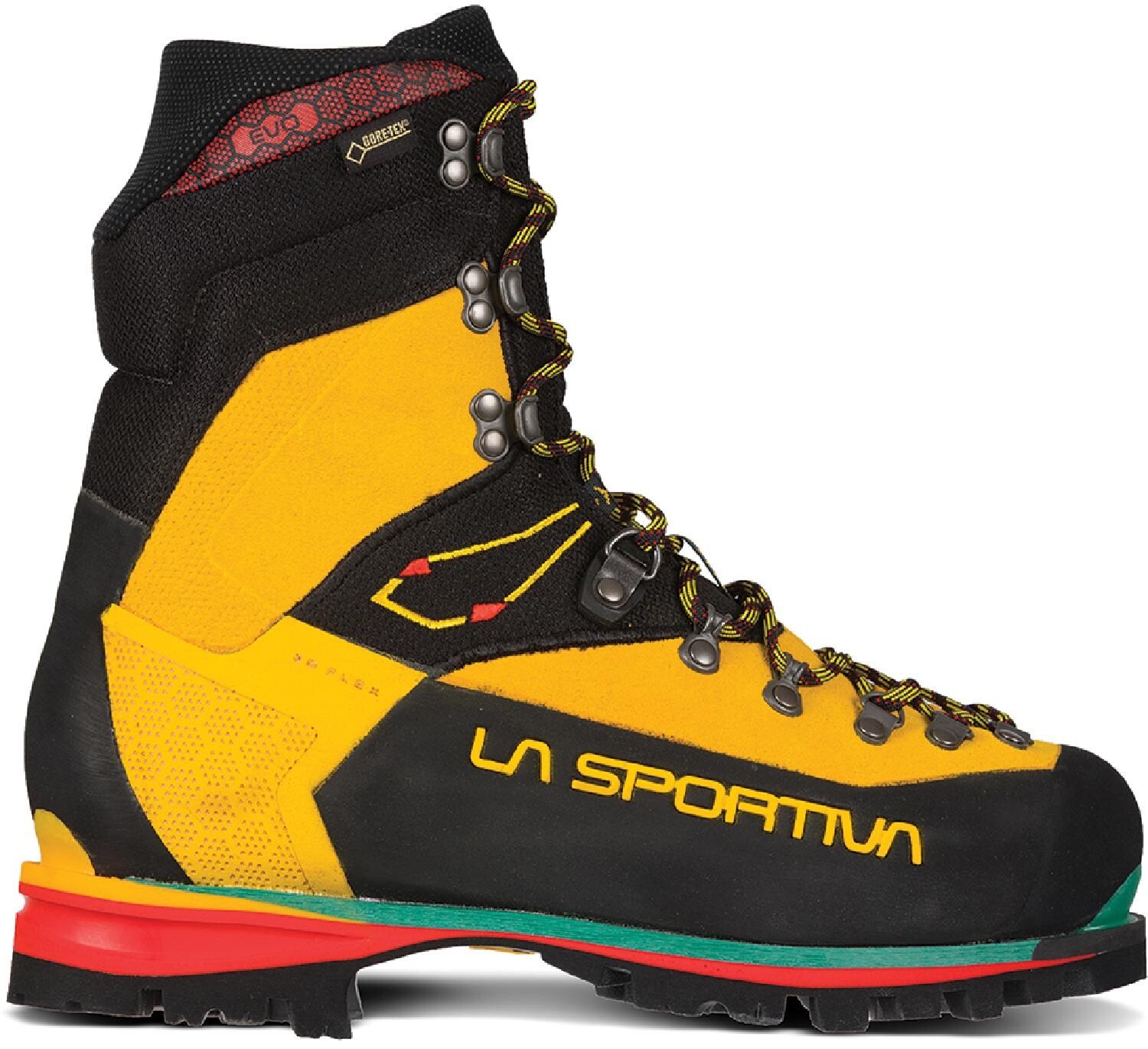nepal himalaya
For more than two millennia Buddhism shaped the cultures of Central, South, Southeast, and East Asia. From ancient Bactria and Gandhara to Tibet, Mongolia, and Japan, from Sri Lanka and Myanmar to Thailand, Cambodia, and Laos, each territory had its own peculiar way of developing representations of the Buddha, the Bodhisattvas, and a variety of guardian deities and saints. Of particular importance is the representation of the Buddha and his teachings in an iconic form in the shape of an impassable building. Called Stupa in Sanskrit, Caitya in Nepali, Cibha in Newari, and Chorten in Tibetan, these structures – whether imposing or in miniature size – not only characterise the urban space of the Newars in the Kathmandu Valley. They also mark the access to Tibetan villages in northern Nepal, line the trails across high passes, and stud topographically prominent places. By their thousands, they transform wilderness into a landscape that promises shelter, protection, and well-being. Often, these structures are small, made up of two or three cubes in diminishing size, placed on top of one another. Of particular importance are the Triple Protectors, the Rigsum Gonpo, in the shape of three multiple cubes, lined up to guard the settlements against calamities such as floods, landslides, pests, and plagues. To ensure their agency, their colours (black, white, red) are annually renewed. Single cubes may also signal their significance as repositories of relics or the ashes of the departed. 584 maps, architectural drawings, and photographs, produced from 1970 to 2008, document the rich cultural heritage of the Tibetan and Tamang enclaves along the range of the high Himalaya.
Honan Cam Wanderlust Himalaya. Hiking on Top of the World
Цена: 11830 руб.
Модель:
Найти еще...
В магазинНепал, Катманду, жетон казино Pride Nepal 1960-1980 гг.
Цена: 2199 руб.
Модель:
Найти еще...
В магазинАльпинистские ботинки Nepal Cube GTX мужские La Sportiva, желтый
Цена: 59557 руб.
Модель: La Sportiva
Найти еще...
В магазинБотинки Wolky Bryce Water Resistant, цвет Black Nepal Oiled Leather
Цена: 16387 руб.
Модель: Wolky
Найти еще...
В магазинПарфюмерная вода MONTALE Парфюмерная вода Nepal Aoud
Цена: 16614 руб.
Модель: MONTALE
Найти еще...
В магазинHimalaya Herbals Крем для рук питательный 75 г (2 шт.)
Цена: 520 руб.
Модель: Himalaya Herbals
Найти еще...
В магазинКомпакт-диск Warner Deutsch Nepal – Live In Saint-Petersburg 261206
Цена: 1498 руб.
Модель: Warner Bros.
Найти еще...
В магазинТонизирующая эссенция для лица со смолой Chando Himalaya Himalaya Energy Daemonorops Draco Energizing Dew
Цена: 5122 руб.
Модель: CHANDO
Найти еще...
В магазинПодарочный бокс Himalaya №7 Шампунь + Бальзам для волос Гладкий шёлк 2 х 200 мл.
Цена: 639 руб.
Модель: Himalaya Herbals
Найти еще...
В магазинАльпинистские ботинки Nepal EVO GTX — мужские La Sportiva, желтый
Цена: 50526 руб.
Модель: La Sportiva
Найти еще...
В магазинКомпакт-диск Warner Deutsch Nepal – Live In Saint-Petersburg 261206
Цена: 1498 руб.
Модель: Warner
Найти еще...
В магазинИщем здесь
Поиск товара
Сертификаты
Каталог
- вагин игорь олегович переговоры выиграй каждый раунд
- stone hmi tft display module with program touch screen controller for embedded system support any microcontroller
- зеленина лидия михайловна хохлова татьяна евгеньевна русский язык учебник для 1 класса начальной школы в 2 х частях часть 2
- порог площадка silver rival skoda kodiaq 2017 н в с крепежом f180al 5102 2
- atwood m the testaments
- леман маркус история о женах
- виниловая пластинка белла давидович ф шопен этюд 5 этюд 15 мазурка 10 дюймов
- steve beam the trapdoor 1 70 magic tricks
- кони а ф воспоминания о деле веры засулич
- deluxe hotel
- тумба 800 афина кашемир лдсп
- плата управления для котла лемакс clever 30 platuprlemclever30
- ситникова е сенаторова н локальные акты работодателя актуализация в связи с законодательными изменениями
- вдова его величества демина к
- комод light дуб серый дуб кремовый серый лдсп
- серьги из серебра с топазами
- мешок для пылесоса filtero flz 04 3 экстра
- коврики 3d в салон subaru xv 2017 н в набор 4 шт полиуретан
- семена петрушка корневая сахарный рожок 2 г
- редька китайская лобо клык слона 1г цилиндрическая ср гавриш б п
- мультиметр s line dt 9205a
- виниловая пластинка разные мелодии друзей 80 международная эстрадная программа артистов социалистических стран lp
- детская футболка черепаха водная красная мультяшная 152 белый
- сапожников андрей александрович домашняя работа по алгебре за 11 класс к задачнику а г мордковича и др алгебра и начала анализа
- av процессоры emotiva rmc 1 dirac








